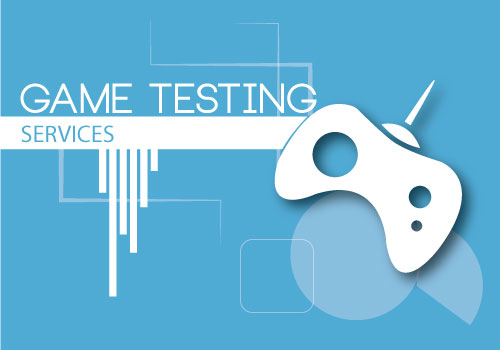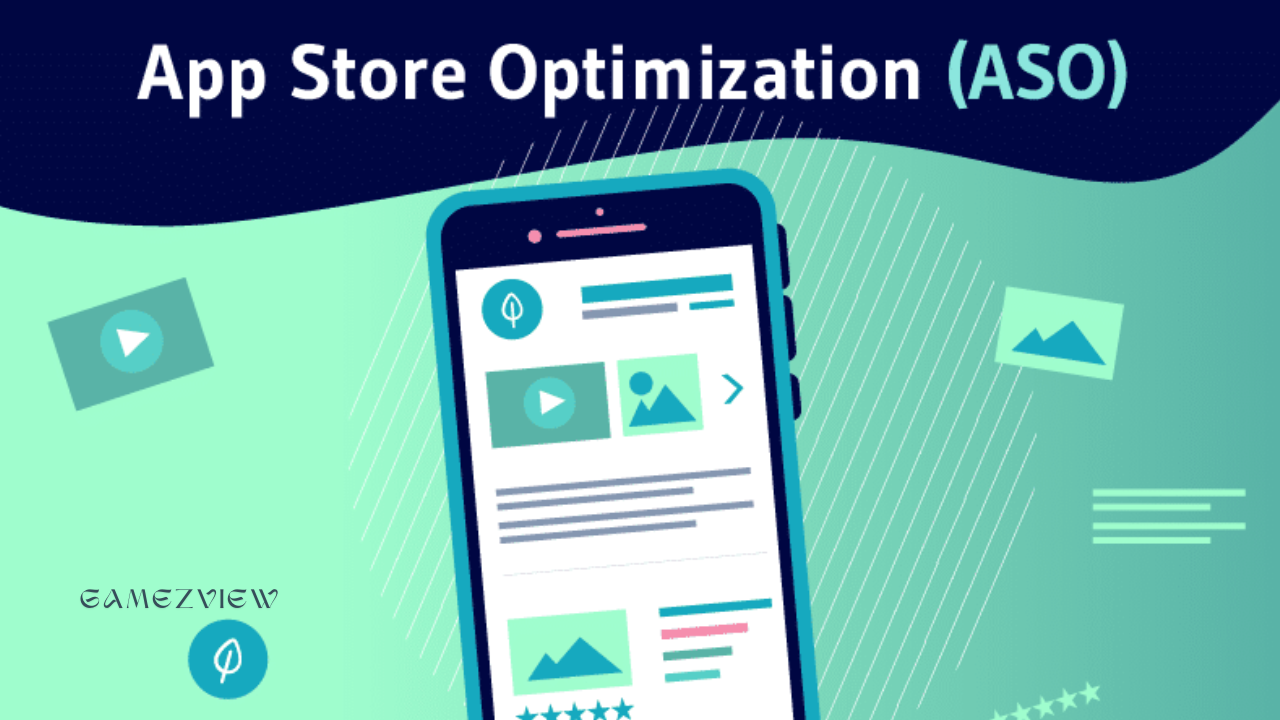The mobile gaming industry has experienced unprecedented growth over the past decade. As the market becomes increasingly saturated with diverse gaming experiences, developers face the challenge of standing out in a crowded field. One critical aspect of achieving this is understanding how users interact with games. Tracking user behaviour and engagement provides valuable insights that can drive game design, marketing strategies, and overall user satisfaction. In this article, we will explore the various tools and techniques available for tracking user behaviour and engagement in mobile games, offering a comprehensive guide for developers seeking to enhance their gaming experiences.
Importance of Tracking User Behavior and Engagement
Before diving into the tools and techniques, it’s essential to understand why tracking user behaviour and engagement is crucial for mobile game developers. Key benefits include:
- Enhanced User Experience: By analyzing how players interact with a game, developers can identify pain points, optimize gameplay mechanics, and improve overall user satisfaction.
- Data-Driven Decisions: Tracking allows developers to make informed decisions based on real data rather than assumptions or guesswork.
- Personalization: Understanding user preferences enables developers to create personalized experiences, which can lead to higher engagement and retention rates.
- Monetization: Insights into user behaviour help in optimizing in-app purchases and ad placements, increasing revenue potential.
- Performance Metrics: Monitoring engagement metrics such as daily active users (DAU) and retention rates helps gauge the game’s success and identify areas for improvement.

Key Metrics to Track
Tracking user behaviour and engagement involves monitoring various metrics to gain a holistic understanding of player interactions. Here are some key metrics to focus on:
- Daily Active Users (DAU): Measures the number of unique users who engage with the game daily. A higher DAU indicates strong user retention and engagement.
- Monthly Active Users (MAU): Represents the number of unique users who engage with the game over a month. This metric helps in assessing long-term engagement.
- Retention Rate: Tracks the percentage of users who return to the game after their first play session, typically measured on Day 1, Day 7, and Day 30.
- Session Length: Measures the average duration of each gaming session. Longer session lengths can indicate higher engagement and satisfaction.
- Session Frequency: Tracks how often users play the game within a given timeframe. A higher frequency can signal strong user engagement.
- Churn Rate: This represents the percentage of users who stop playing the game over a specific period. A high churn rate may indicate issues with game quality or user satisfaction.
- In-App Purchase Metrics: Includes data on the frequency and value of in-app purchases, helping to understand monetization patterns.
- Ad Engagement: Measures interactions with in-game advertisements, including click-through rates (CTR) and ad impressions.
Managing and Analyzing Data in Mobile Gaming: A Comprehensive Guide
Tools for Tracking User Behavior and Engagement
Several tools are available to help developers track user behaviour and engagement in mobile games. Here are some of the most popular and effective tools:
1. Google Analytics for Firebase
Overview: Google Analytics for Firebase is a powerful tool that provides in-depth insights into user behaviour and engagement. It offers features tailored specifically for mobile apps, including mobile games.
Key Features:
- Event Tracking: Track user interactions and custom events, such as level completions or in-app purchases.
- User Segmentation: Segment users based on their behaviour, demographics, and engagement levels.
- Real-Time Analytics: Monitor user activity in real time to quickly identify trends and issues.
- Crash Reporting: Track and analyze app crashes to improve game stability and performance.
Pros:
- Free with generous usage limits.
- Integration with other Firebase services, such as Remote Config and Cloud Messaging.
Cons:
- Some advanced features may require additional Firebase services.
2. Unity Analytics
Overview: Unity Analytics is a robust analytics platform integrated with the Unity game engine. It provides detailed insights into player behaviour and engagement within Unity-based games.
Key Features:
- Custom Event Tracking: Track specific player actions, such as achievements or purchases.
- Retention Analysis: Analyze player retention rates and identify drop-off points.
- In-Game Funnel Analysis: Understand player progression through different game stages.
- Segmentation and Cohorts: Segment users and analyze behaviour by different cohorts.
Pros:
- Seamlessly integrates with Unity, simplifying data collection and analysis.
- Provides actionable insights tailored to game development.
Cons:
- Limited to Unity-based games.

3. App Annie
Overview: App Annie offers a suite of analytics and market intelligence tools designed for mobile apps and games. It provides insights into user behaviour, market trends, and competitive analysis.
Key Features:
- User Behavior Tracking: Monitor user interactions, session lengths, and retention rates.
- Market Analysis: Gain insights into market trends, competitor performance, and user acquisition strategies.
- Monetization Insights: Analyze in-app purchases and ad revenue to optimize monetization strategies.
- Custom Reports: Generate customizable reports to track specific metrics and KPIs.
Pros:
- Comprehensive analytics and market intelligence features.
- Supports a wide range of mobile platforms and app categories.
Cons:
- Can be expensive, especially for smaller developers.
4. Flurry Analytics
Overview: Flurry Analytics is a free analytics tool that provides detailed insights into user behaviour and engagement for mobile apps and games.
Key Features:
- Event Tracking: Track custom events and user interactions.
- Retention and Engagement Metrics: Monitor retention rates, session lengths, and frequency.
- User Segmentation: Segment users based on behaviour, demographics, and device types.
- Crash Reporting: Identify and analyze app crashes to improve stability.
Pros:
- Free and easy to set up.
- Offers a wide range of features for mobile game developers.
Cons:
- Limited integrations with other tools and services.
Utilizing App Store Features to Boost Visibility: A Comprehensive Guide
5. Mixpanel
Overview: Mixpanel is a product analytics platform that offers advanced tracking and analysis features for mobile apps and games.
Key Features:
- Event Tracking: Track user interactions and custom events with precision.
- Funnel Analysis: Analyze user progression through specific funnels and identify drop-off points.
- User Segmentation: Segment users based on behaviour, demographics, and engagement levels.
- A/B Testing: Conduct A/B tests to optimize game features and user experience.
Pros:
- Advanced analytics and segmentation capabilities.
- Powerful A/B testing features.
Cons:
- Pricing can be high for advanced features and large user bases.
6. Adjust
Overview: Adjust is a mobile measurement and fraud prevention platform that provides insights into user acquisition and engagement.
Key Features:
- Attribution Tracking: Track the effectiveness of marketing campaigns and user acquisition channels.
- Fraud Prevention: Identify and prevent fraudulent activity, such as click fraud and install fraud.
- User Engagement Metrics: Monitor user behaviour, retention rates, and in-app interactions.
- Custom Dashboards: Create customizable dashboards to visualize key metrics.
Pros:
- Strong focus on attribution and fraud prevention.
- Comprehensive analytics and reporting features.
Cons:
- Can be complex to set up and integrate.
Techniques for Tracking User Behavior and Engagement
In addition to using the right tools, employing effective techniques for tracking user behaviour and engagement is crucial. Here are some techniques to consider:
1. Event Tracking
Description: Event tracking involves monitoring specific actions or events within the game, such as level completions, in-app purchases, or social interactions.
How to Implement:
- Define key events that are critical to understanding user behaviour.
- Integrate event tracking into the game using analytics tools.
- Analyze event data to identify patterns and trends.
Benefits:
- Provides detailed insights into player interactions.
- Helps in understanding how players engage with different game features.
2. A/B Testing
Description: A/B testing involves comparing two or more versions of a game feature to determine which version performs better.
How to Implement:
- Identify features or elements to test, such as gameplay mechanics or in-app purchase options.
- Create multiple versions of the feature with variations.
- Split the user base and test different versions simultaneously.
- Analyze the results to determine which version performs better.
Benefits:
- Optimizes game features based on real user data.
- Helps in making data-driven decisions to improve user experience.

3. Cohort Analysis
Description: Cohort analysis involves grouping users based on shared characteristics or behaviours and analyzing their engagement over time.
How to Implement:
- Define cohorts based on criteria such as acquisition date, user demographics, or gameplay behaviour.
- Analyze how each cohort engages with the game over time.
- Identify trends and differences between cohorts.
Benefits:
- Provides insights into how different user groups engage with the game.
- Helps in understanding long-term engagement and retention patterns.
4. Heatmaps
Description: Heatmaps visualize user interactions within the game, showing where users click, tap, or focus their attention.
How to Implement:
- Integrate heatmap tools into the game to track user interactions.
- Generate heat maps to visualize areas of high and low activity.
- Analyze heatmaps to identify user behaviour patterns.
Benefits:
- Offers a visual representation of user interactions.
- Helps in optimizing game design and user interface elements.
5. User Feedback and Surveys
Description: Collecting user feedback and conducting surveys provides direct insights into user satisfaction and preferences.
How to Implement:
- Integrate feedback mechanisms within the game, such as in-game surveys or feedback forms.
- Conduct regular surveys to gather user opinions and suggestions.
- Analyze feedback to identify areas for improvement.
Benefits:
- Provides qualitative insights into user experiences and preferences.
- Helps in addressing user concerns and improving game quality.
Best Practices for Tracking User Behavior and Engagement
To maximize the effectiveness of tracking user behaviour and engagement, consider the following best practices:
- Define Clear Goals: Before implementing tracking tools, define clear goals and objectives for what you want to achieve. This will help in selecting the right metrics and tools.
- Integrate Analytics Early: Integrate analytics tools early in the development process to ensure comprehensive data collection from the start.
- Regularly Review Data: Continuously monitor and review data to identify trends, issues, and opportunities for improvement.
- Use Data to Inform Decisions: Make data-driven decisions based on insights gained from tracking user behaviour and engagement.
- Ensure Privacy Compliance: Adhere to privacy regulations and ensure that user data is collected and stored securely.

Tracking user behaviour and engagement is essential for mobile game developers seeking to create successful and engaging gaming experiences. By leveraging the right tools and techniques, developers can gain valuable insights into player interactions, optimize game features, and improve overall user satisfaction. Whether using Google Analytics for Firebase, Unity Analytics, or other specialized tools, the key is to focus on collecting actionable data and using it to drive continuous improvement. Embracing these practices will not only enhance the gaming experience but also contribute to the long-term success of mobile games in an ever-evolving industry.



